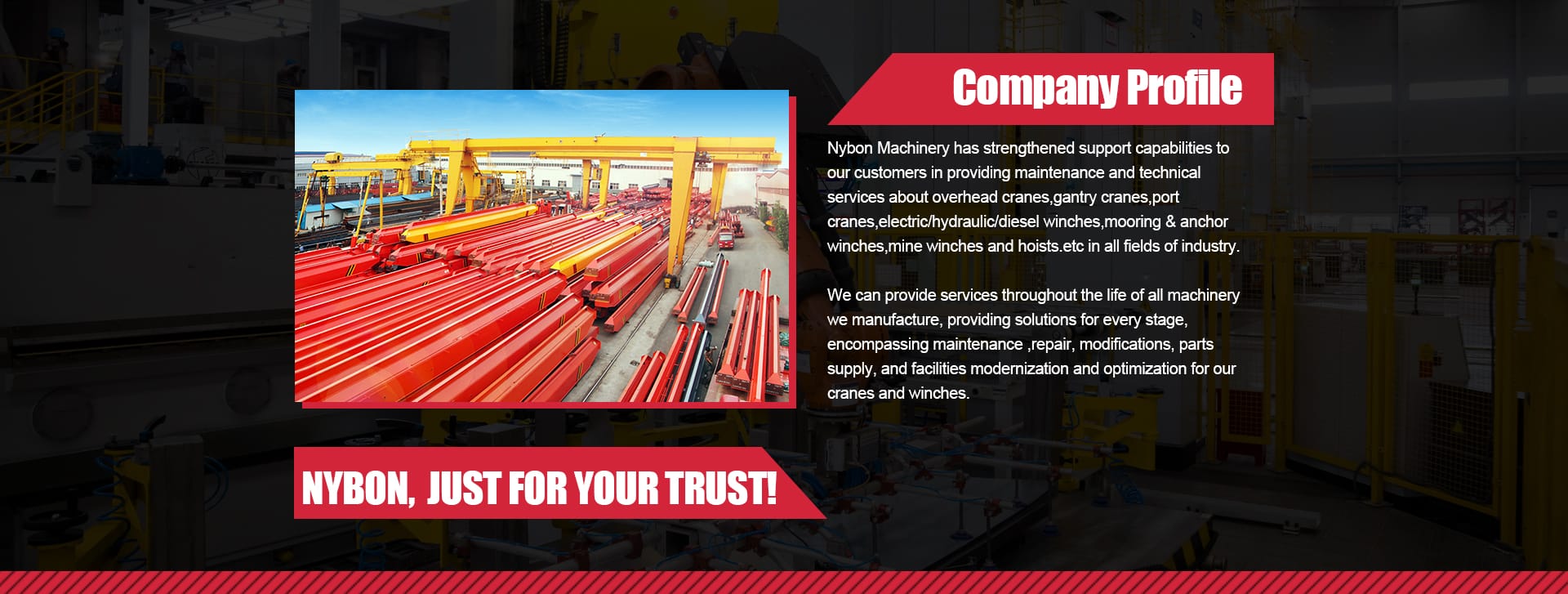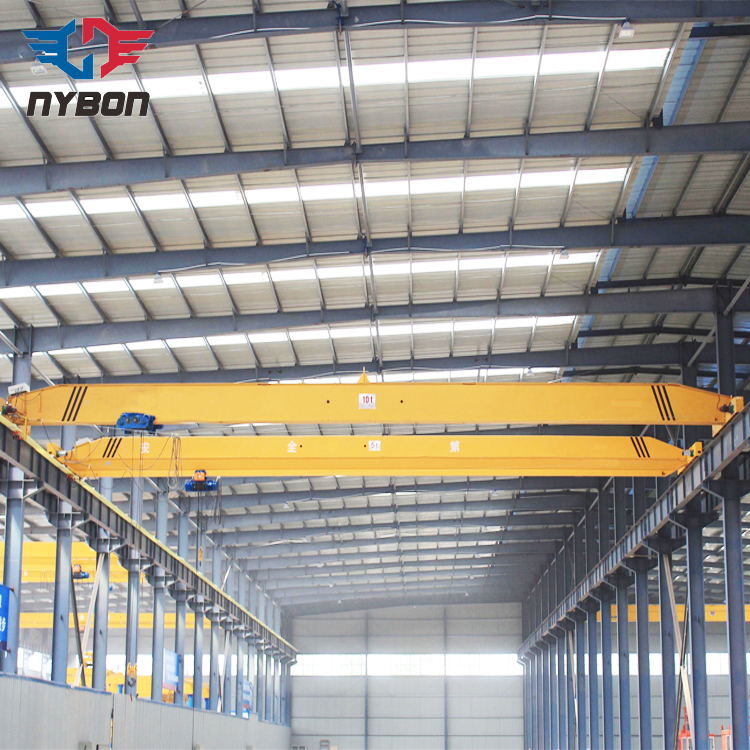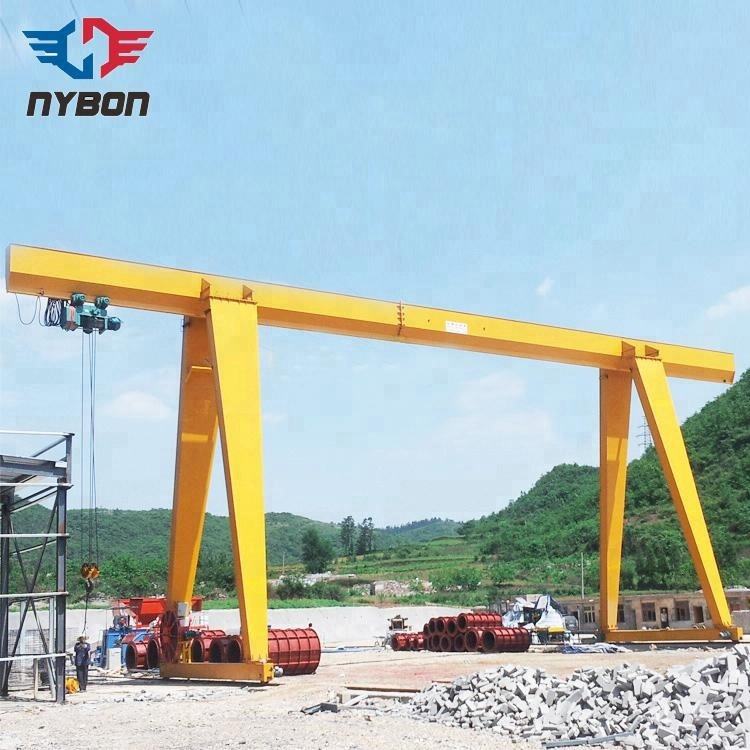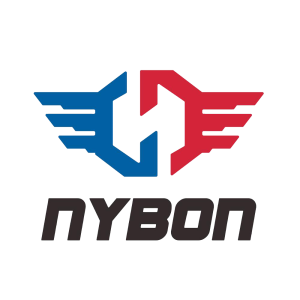Bridge Cranes vs Gantry Cranes: Key Differences Explained
When selecting overhead lifting equipment, understanding the differences between bridge cranes and gantry cranes is critical. Both serve distinct purposes in industrial and construction settings, but their structural designs, mobility, and use cases vary significantly. Below, we break down their key differences to help you make an informed decision.



Structural Design Differences
Bridge Crane Structure
A bridge crane, also known as an overhead crane, consists of parallel runways with a traveling bridge spanning the gap. The bridge moves along fixed rails installed on elevated tracks, typically within a factory or warehouse. Its design maximizes vertical space, allowing unobstructed movement beneath the crane
Gantry Crane Structure
A gantry crane features a “portal” framework with legs on either side that support a horizontal beam. These legs can be fixed or equipped with wheels for mobility. Gantry cranes often operate on ground-level tracks or open spaces, making them ideal for outdoor applications like ports or shipyards
Applications and Use Cases
Bridge Crane Applications
-
Fixed indoor environments: Factories, warehouses, and assembly lines.
-
High-precision lifting: Ideal for repetitive tasks in confined spaces (e.g., automotive manufacturing).
-
Heavy loads: Handles up to 500+ tons with reinforced designs
Gantry Crane Applications
-
Outdoor and irregular spaces: Shipyards, construction sites, and container terminals.
-
Large-span projects: Covers wide areas (up to 185 meters in shipbuilding gantry cranes).
-
Portable operations: Mobile gantry cranes with wheels adapt to shifting worksites.
Mobility and Flexibility
Bridge Crane Mobility
Bridge cranes rely on fixed overhead rails, limiting their movement to predefined tracks. This setup ensures stability for precision tasks but restricts flexibility
Gantry Crane Mobility
Gantry cranes excel in mobility. Wheeled or rail-mounted variants can traverse open yards or narrow spaces, while semi-gantry designs (e.g., BMH-type) feature compact turning radii for tight areas
Cost and Maintenance Considerations
Bridge Crane Costs
-
Higher initial investment: Requires permanent rail installation and structural reinforcements.
-
Lower long-term maintenance: Fixed tracks simplify upkeep in controlled environments
Gantry Crane Costs
-
Lower setup costs: Minimal infrastructure needed for mobile units.
-
Adaptive maintenance: Components like wheels and legs require frequent checks in rugged environments
Load Capacity and Span
| Feature | Bridge Crane | Gantry Crane |
|---|---|---|
| Max Load Capacity | Up to 500+ tons | Up to 1,500+ tons |
| Typical Span | 5–30 meters | 5–185 meters |
| Precision | High (fixed轨道) | Moderate (variable terrain) |
Gantry cranes outperform in heavy-load scenarios, while bridge cranes prioritize precision
Faster global action than our competitors
More trusted customers worldwide.
Safety and Control Systems
-
Bridge cranes: Use advanced anti-sway controls for stable indoor operations.
-
Gantry cranes: Equip wind sensors, rail clamps, and overload limiters for outdoor safety
Which Should You Choose?
-
Opt for a bridge crane if you need precise, high-volume lifting in a fixed indoor space.
-
Choose a gantry crane for outdoor versatility, large spans, or mobile operations.
Get A Quote Today
Welcome to send a free inquiry to —info@nybonmachinery.com

